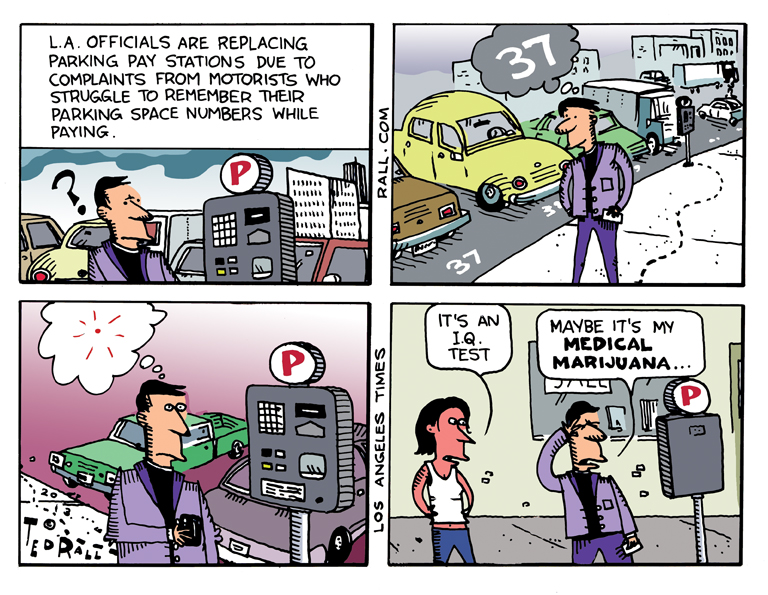Susan here. This is a quote from Obama’s speech:
“To my friends on the left, I ask you to reconcile your belief in freedom and dignity for all people with those images of children writhing in pain, and going still on a cold hospital floor. For sometimes resolutions and statements of condemnation are simply not enough.”
My response is this:
Fuck you, Obama. Fuck you for trying to come to us on the Left when you need us, and then shitting on us when you don’t. You do NOT have my permission to bomb Syria, and you will NEVER get it. You will NOT get my permission to bomb Syria based upon a YouTube video that conveniently surfaced just as the UN weapons inspectors were checking into their Damascus hotel. There are hundreds of videos of the so-called Syrian opposition al-Qaeda “rebels” committing atrocities like beheading Christians, practicing cannibalism, and sawing a little girl’s arms and legs off while she is still alive. And yet, we are supposed to ignore these atrocities and focus on the one (conveniently-timed) atrocity that Assad would never actually be stupid enough to commit.
I am tired of your patronization. I am tired of your lies. I am tired of looking at your face. I am tired of hearing your voice. And I’m tired of you trying to soften up Syria for the kill, and slouching us inch by inch into World War III. Because unlike Libya in 2011 and Iraq in 2003, Syria has allies, allies who are likely to retaliate. If Iran retaliates, the price of oil will go sky high, and we will freeze in winter-time, and the price of just about every product will go up due to the higher cost of shipping. Because 50% of the world’s oil comes from the Persian Gulf. I shouldn’t have to tell you this, Mr. Obama. That’s what you pay that useless Cabinet of yours to do.
But since you did address Leftists such as myself in your speech, I will tell you this: The US used chemical weapons in Vietnam (Agent Orange), and used them again in Iraq and Afghanistan (White Phosphorus, Depleted Uranium). So we are in NO position to lecture others on the use of chemicals as weapons. People who live in glass houses shouldn’t throw stones.


